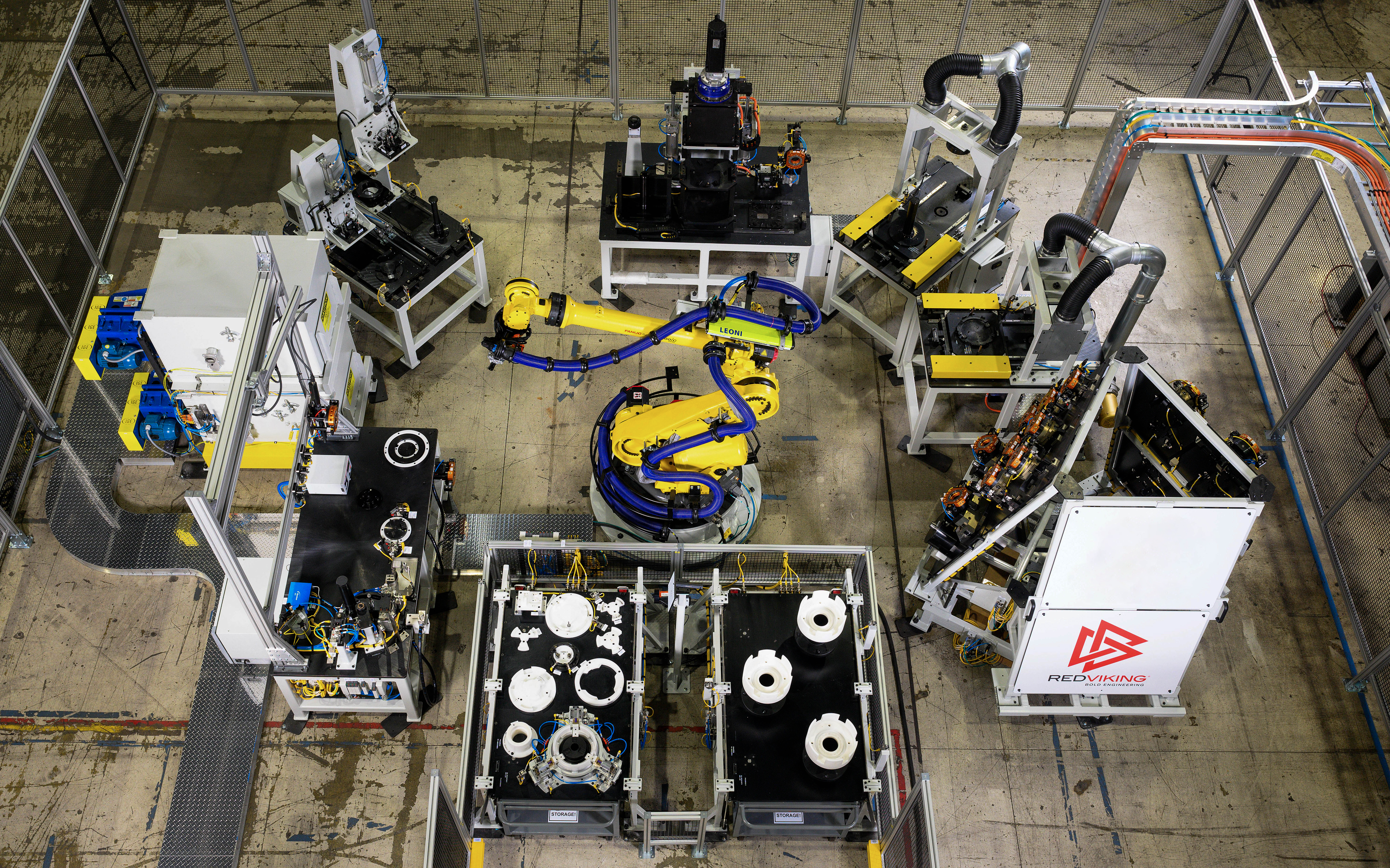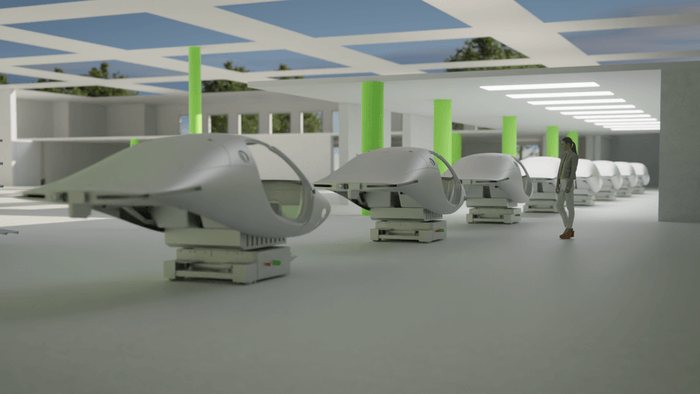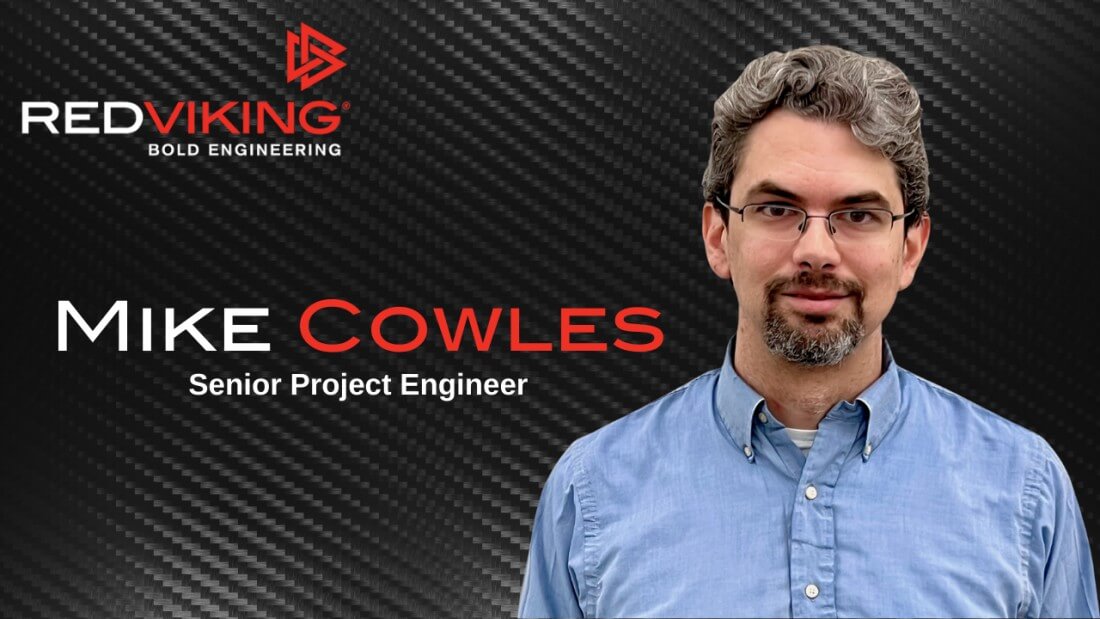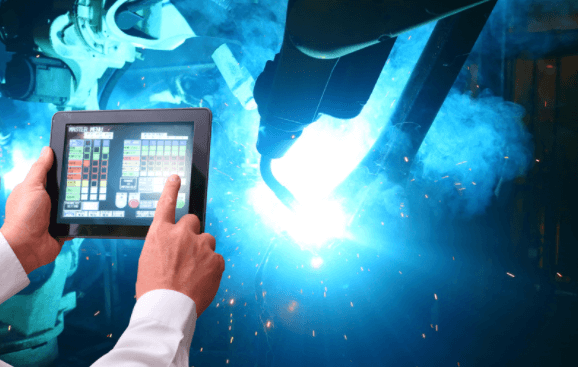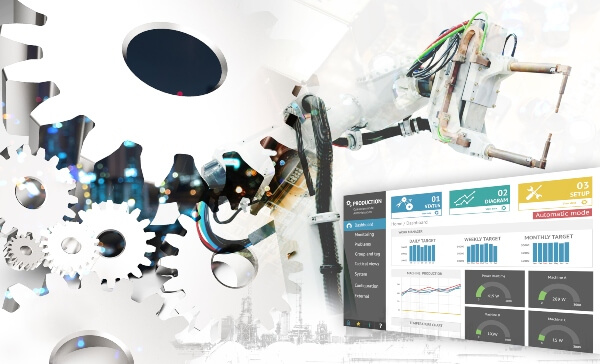This is an excerpt written by Automation World, featuring Josh McNeely, Vice President of Sales and Marketing at RedViking As an engineering and integration house for Fortune 500 companies, we generally build new or enhanced automated assembly lines inside an existing facility. When we built a completely new automated guided vehicle (AGV) assembly line for a construction vehicle manufacturer, we were starting from scratch. Our customer’s vision for this facility included big objectives for product quality, line scalability, sustainability and return on investment (ROI). They planned to double throughput in the second year and double it again in the third year, and they wanted to do it in a connected, cost-effective, environmentally friendly way. Like most companies, they had legacy systems that we needed to integrate. By first evaluating options using ROI, then letting data drive the decisions about infrastructure, we were able to customize their plant’s connectivity. Use ROI to evaluate options We believe that automation needs to earn its place on the line by proving that it’s better than manual or semi-automated options. We like to use expected ROI to evaluate the options.
Sometimes the requirement to make this year’s budget can drive out a long-term perspective, but this customer uses a lifetime cost of ownership approach to determine ROI of new lines. We used the cost of systems in their other factories as the baseline, and calculated cost-benefit for the new systems, including cost impact to maintenance, spare parts inventories, facilities and labor. First and foremost: the data Like most large manufacturers, this client had a corporate standard manufacturing execution system (MES), but there were still decisions to be made. Cloud, local Ethernet or both? Single-function handheld devices or iOS/Android mobile apps? Virtual part presentation in automated work instructions? The decisions about data infrastructure drove most of the other connectivity decisions. Connectivity weaves throughout the design process “It’s critical now more than ever to understand what’s going on in your processes, so you can proactively address problems and minimize production delays, rather than reacting to them after the fact,” says Greg Giles, an executive director at RedViking. Machines talk to each other, to their operators and to outside departments. As information and automation were selected, we needed to further define connectivity requirements. If line-side part depletion drives an automatic “buy” message to purchasing, there are implications in how line-side kitting is designed. If part insertion creates a traceable subassembly, that has implications for how that subassembly is handled at the next station. We integrated their existing systems to develop a plant that is completely connected throughout their design process. Customized to meet their needs, the plant can be managed from virtually anywhere, optimizing plant production.
When you’re using chain-based conveyance, the infrastructure for your maximum expected throughput has to be in place on Day 1. The paths have to be defined and laid out years before they will be fully utilized.
Unexpected roadblock: traditional conveyance Like many construction vehicle manufacturers, this company was using chain-based conveyors and lift trucks for conveyance. But there were problems with that approach in this new facility. Traditional conveyance couldn’t meet their requirements for scalability. When you’re using chain-based conveyance, the infrastructure for your maximum expected throughput has to be in place on Day 1. The paths have to be defined and laid out years before they will be fully utilized. Second, traditional conveyance didn’t have the sustainability they were looking for. Essentially, they were looking for a line that could be picked up and moved without creating much waste or scrap. If hundreds of pounds of metal got scrapped every time a path changed, their expectations weren’t going to be met. Finally, traditional conveyance can be an impediment to quality. In fact, some locations had stuck with lift trucks for conveyance to address that. Their vehicles are so large that operators need to reach across, around, under and through expanses that could easily be blocked by chain-based conveyance. Without 360-degree vehicle access, part placements could be off and quality might suffer. We settled on battery-free AGVs, which met all of their requirements for scalability, sustainability and quality. Today, not only does this customer have a fully connected, sustainable factory with the scalability and quality improvements they were looking for, they are also meeting their production goals.

